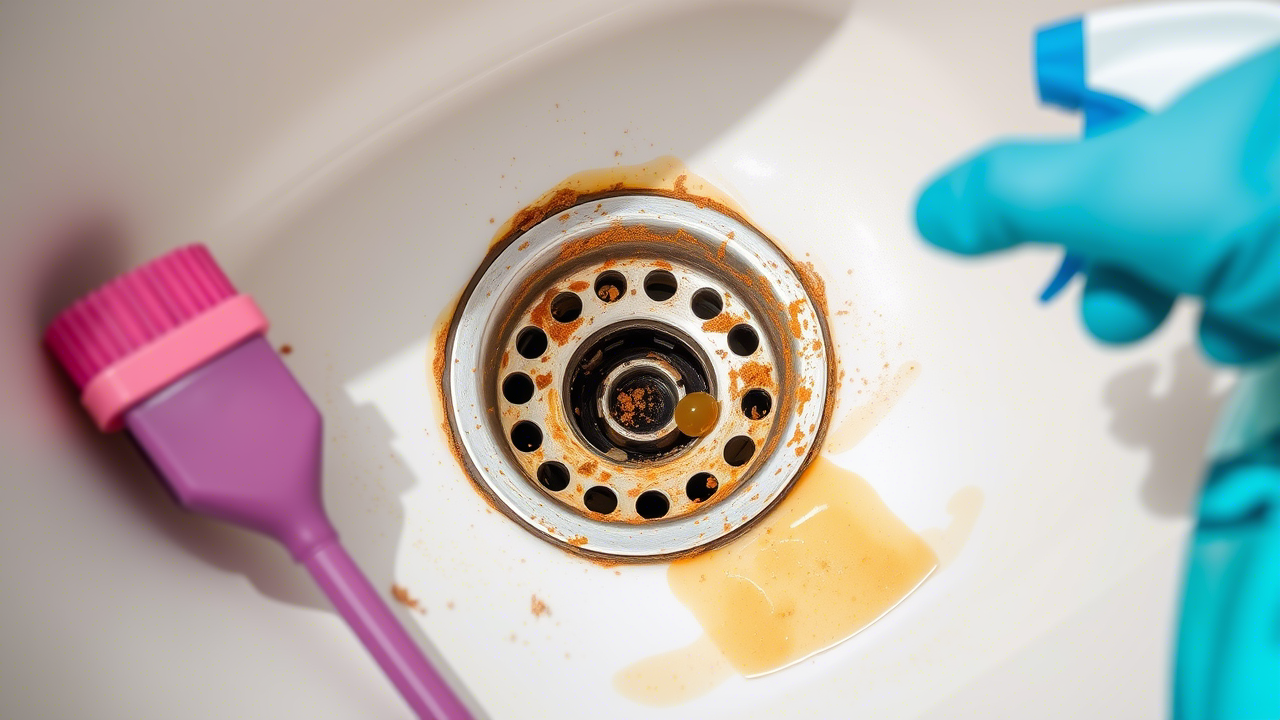Drain flies, also known as sewer flies, moth flies, or sink flies, are tiny pests that can quickly become a nuisance in your home. These small, fuzzy insects are often found buzzing around drains, sinks, and other damp areas. While they may seem harmless, their presence can indicate larger issues like clogged pipes or unsanitary conditions. If you’re dealing with drain flies, don’t worry—this comprehensive guide will walk you through how to get rid of drain flies effectively and prevent them from returning.
Why Are Drain Flies in My Home?
Before diving into solutions, it’s important to understand why drain flies are attracted to your home. These pests thrive in moist environments where organic matter accumulates. Common breeding grounds include:
- Kitchen sinks
- Bathroom drains
- Floor drains
- Garbage disposals
- Septic tanks
Drain flies lay their eggs in the slimy buildup inside pipes, feeding on decaying material. Identifying and addressing these problem areas is key to eliminating them permanently.
Keyword Integration: “how to get rid of drain flies,” “drain fly removal,” “eliminate drain flies naturally.”
Step 1: Identify the Source of Infestation
The first step in getting rid of drain flies is identifying where they’re coming from. Look for signs such as:
- Small clusters of flies hovering near drains.
- Gooey residue or slime in your pipes.
- Musty odors emanating from drains.
To confirm the source, tape a piece of clear plastic over suspected drains overnight. If you see flies trapped underneath in the morning, you’ve found the culprit.
Pro Tip: Check all drains in your home, not just one. Drain flies can migrate easily between plumbing systems.
Step 2: Clean the Infested Area Thoroughly
Once you’ve identified the infested drain, it’s time to clean it thoroughly. This process removes the organic gunk that serves as food and shelter for drain flies.
Materials You’ll Need:
- Bristle brush (preferably long-handled)
- Boiling water
- White vinegar
- Baking soda
- Enzyme-based cleaner (optional)
Instructions:
- Remove Debris : Use a bristle brush to scrub away visible debris from the drain opening. Be sure to reach deep into the pipe if possible.
- Pour Boiling Water : Pour boiling water down the drain to loosen any remaining residue. Repeat this step twice for maximum effectiveness.
- Use Vinegar and Baking Soda :
- Pour half a cup of baking soda into the drain.
- Follow up with one cup of white vinegar. Let the mixture fizz for 15–20 minutes.
- Flush again with boiling water.
- Apply an Enzyme Cleaner : For stubborn infestations, use an enzyme-based cleaner designed specifically for breaking down organic matter. These products are safe for pipes and highly effective at removing buildup. Learn more about enzyme cleaners here .
Keyword Integration: “natural ways to kill drain flies,” “homemade drain cleaner recipe.”
Step 3: Maintain Regular Drain Hygiene
Prevention is always better than cure. To keep drain flies at bay, incorporate regular cleaning habits into your routine.
Tips for Preventing Future Infestations:
- Run hot water through drains after each use.
- Avoid pouring grease, oil, or coffee grounds down the sink.
- Install mesh screens over drains to catch debris.
- Schedule monthly deep cleans using vinegar, baking soda, or enzyme cleaners.
By maintaining cleanliness, you reduce the likelihood of creating an environment conducive to drain flies.
Step 4: Address Larger Plumbing Issues
Sometimes, persistent drain fly problems point to underlying plumbing issues. If you’ve tried everything and still notice flies, consider hiring a professional plumber to inspect your pipes. They can identify blockages, leaks, or other structural problems that might be contributing to the infestation.
External Link: Find certified plumbers near you .
Step 5: Use Natural Repellents (Optional)
If you prefer eco-friendly solutions, natural repellents can help deter drain flies without harsh chemicals.
Effective Natural Remedies:
- Citrus Peels : Place lemon, lime, or orange peels near affected areas. The scent repels flies while freshening the air.
- Essential Oils : Mix a few drops of peppermint, lavender, or eucalyptus oil with water in a spray bottle. Mist around drains and other entry points.
- Fly Traps : Create DIY traps by filling jars with apple cider vinegar and a drop of dish soap. The flies are attracted to the smell but drown upon contact.
Internal Link: For more pest control tips, check out our article on how to keep bugs out of your kitchen .
Step 6: Monitor Progress and Adjust Strategies
After implementing the steps above, monitor your progress over the next few weeks. If drain flies persist, revisit earlier steps to ensure thoroughness. Sometimes, multiple treatments are necessary to fully eradicate the problem.
Video Tutorial: How to Get Rid of Drain Flies
For a visual demonstration of these techniques, watch this helpful YouTube video: How to Eliminate Drain Flies Completely .
Frequently Asked Questions (FAQs)
Q: What causes drain flies?
A: Drain flies are caused by the accumulation of organic matter in drains, which provides food and breeding grounds for these pests.
Q: Are drain flies harmful?
A: While drain flies aren’t known to bite or spread diseases, their presence can indicate unsanitary conditions and potential plumbing issues.
Q: Can I use bleach to kill drain flies?
A: Bleach isn’t recommended because it doesn’t penetrate the biofilm where drain flies breed. Instead, opt for enzyme cleaners or natural remedies.
Q: How do I prevent drain flies from coming back?
A: Regularly clean your drains, avoid pouring grease down the sink, and address plumbing issues promptly.
Q: Do drain flies bite humans?
A: No, drain flies do not bite humans. However, their presence can still be irritating and unsightly.
Conclusion
Getting rid of drain flies requires a combination of identification, cleaning, prevention, and maintenance. By following this step-by-step guide, you can eliminate these pesky insects and create a healthier, more hygienic living space. Remember, consistency is key when it comes to preventing future infestations.
For more expert advice on household pest control and cleaning tips, explore thehowtotips.com .

